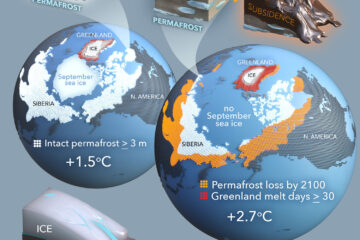When roads appear jaguars decline: Increased access to an Amazonian wilderness area reduces potential for jaguar conservation
Roads are a main threat to biodiversity conservation in the Amazon, in part, because roads increase access for hunters. We examine how increased landscape access by hunters may lead to cascading effects that influence the prey community and abundance of the jaguar (Panthera onca), the top Amazonian terrestrial predator. Understanding such ecological effects originating from anthropogenic actions is essential for conservation and management of wildlife populations in areas undergoing infrastructure development. Our study was conducted in Yasuní Biosphere Reserve, the protected area with highest potential for jaguar conservation in Ecuador, and an area both threatened by road development and inhabited by indigenous groups dependent upon bushmeat. We surveyed prey and jaguar abundance with camera traps in four sites that differed in accessibility to hunters and used site occupancy and spatially explicit capture-recapture analyses to evaluate prey occurrence and estimate jaguar density, respectively. Higher landscape accessibility to hunters was linked with lower occurrence and biomass of game, particularly white-lipped peccary (Tayassu pecari) and collared peccary (Pecari tajacu), the primary game for hunters and prey for jaguars. Jaguar density was up to 18 times higher in the most remote site compared to the most accessible site. Our results provide a strong case for the need to: 1) consider conservation of large carnivores and other wildlife in policies about road construction in protected areas, 2) coordinate conservation initiatives with local governments so that development activities do not conflict with conservation objectives, and 3) promote development of community-based strategies for wildlife management that account for the needs of large carnivores.


